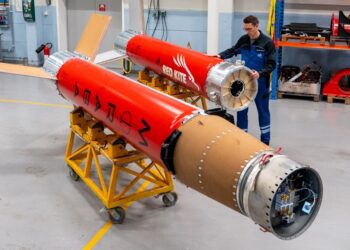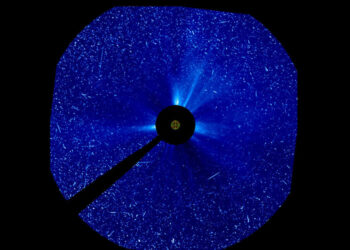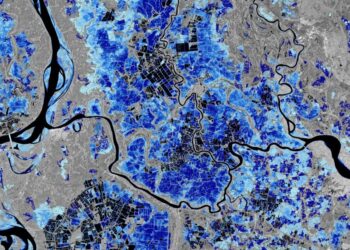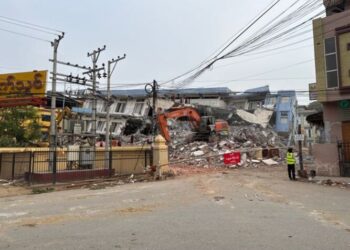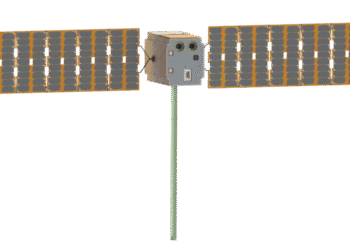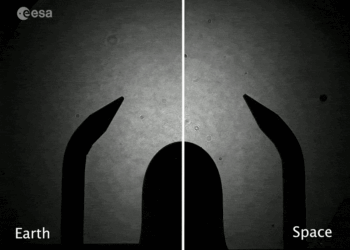The Surface Avatar Experiment is a fascinating initiative that showcases the potential of controlling robots on Earth from space. Conducted on the International Space Station (ISS), this experiment involved Astronaut Jonny Kim, who demonstrated the ability to command robotic systems on the Earth’s surface remotely. This ability is significant because it can pave the way for future space missions where astronauts can manage and analyze environments on other planets or moons from orbit.
The experiment primarily aimed to test the capabilities of astronauts to operate robotic systems for extended periods. During such missions, it is crucial to ensure that astronauts can efficiently work with complex machines over vast distances. The experiment used advanced robotic systems with sensors and communication tools that allow for a seamless interaction between the operator and the machinery.
Potential Implications and Benefits
The experiment’s success could have multiple implications:
- Space Exploration: It enables astronauts to explore other celestial bodies without landing, reducing risks.
- Field Research: Scientists can gather data and conduct experiments in remote or hazardous locations on Earth.
- Disaster Response: Remote control technology could be crucial in responding to environmental disasters, making it safer for human operators.
This experiment is not only a milestone for the technologies involved but also a testimony to what coordinated efforts in scientific research and technology can achieve. As these systems evolve, they hold promise for expanding the boundaries of space exploration and enhancing the effectiveness of remote operations across different terrains on Earth.
For more information on the experiment and its implications, you can read the full article on the DLR Blog.


